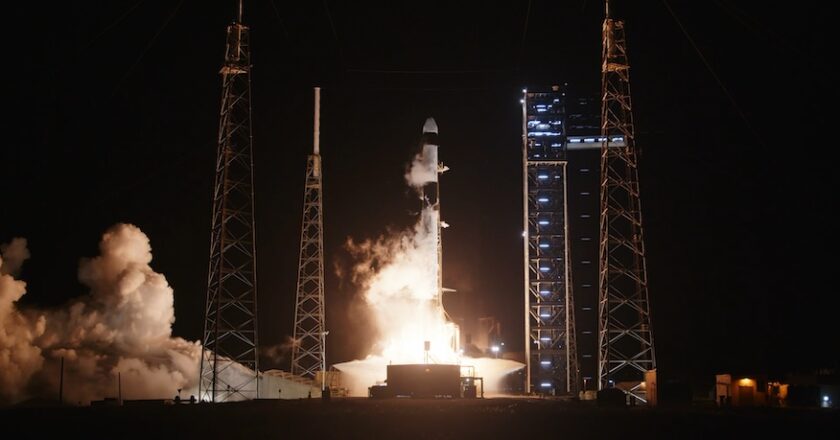NASA, SpaceX launch Dragon to the ISS on extended cargo, station boosting mission – Spaceflight Now
A SpaceX Falcon 9 rocket lifts off from Space Launch Complex 40 at Cape Canaveral Space Force Station to begin SpaceX’s 33rd Commercial Resupply Services (CRS-33) mission to the International Space Station. Image: SpaceX
A Cargo Dragon spacecraft from SpaceX lifted off atop a Falcon 9 rocket in the early hours Sunday morning to begin a day-long journey to the International Space Station. It carried with it more than 5,000 pounds of cargo and science experiment supplies for the astronauts onboard and a new propulsion package for orbit raising maneuvers.
The launch marks SpaceX’s 33rd Commercial Resupply Services (CRS-33) mission to the orbiting outpost. Docking at the forward port of the Harmony module is anticipated on Monday, Aug. 25, at 7:30 a.m. EDT (1130 UTC), marking the 50th Dragon v...




